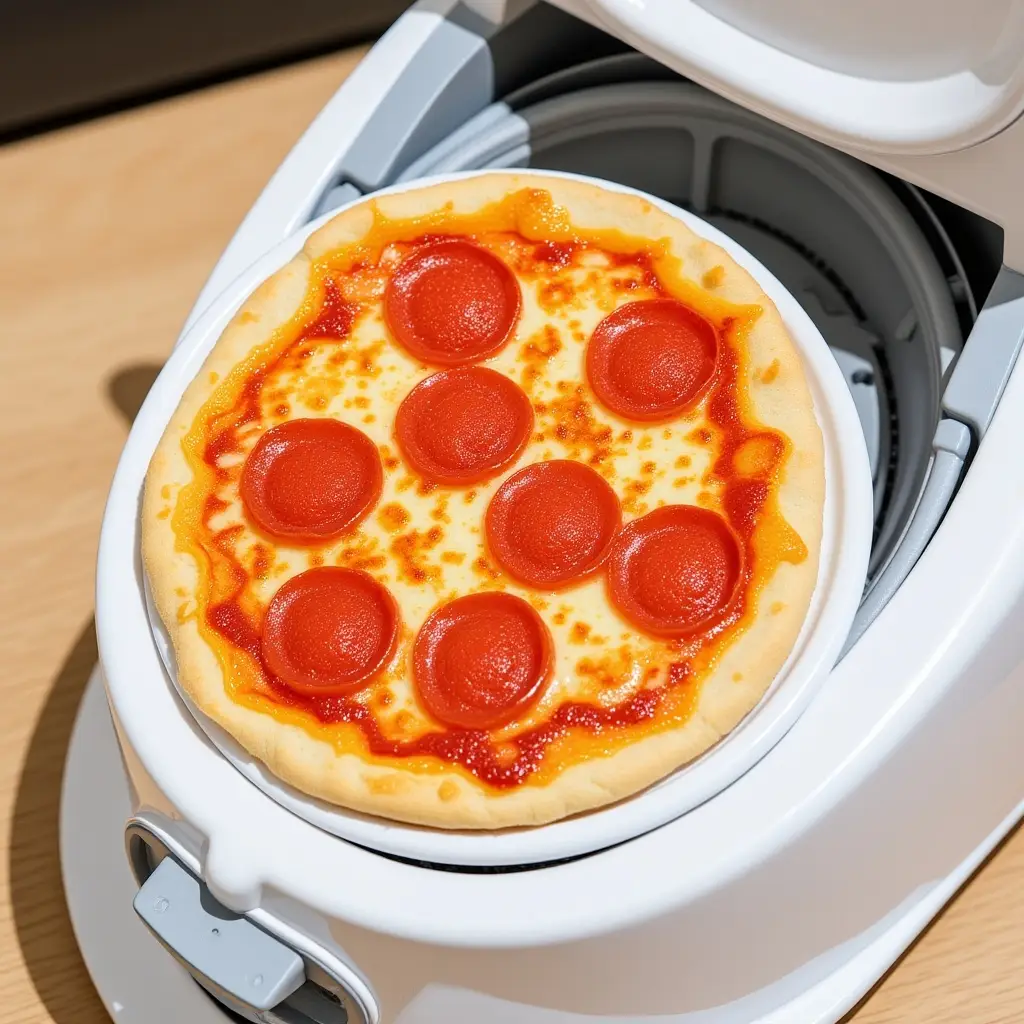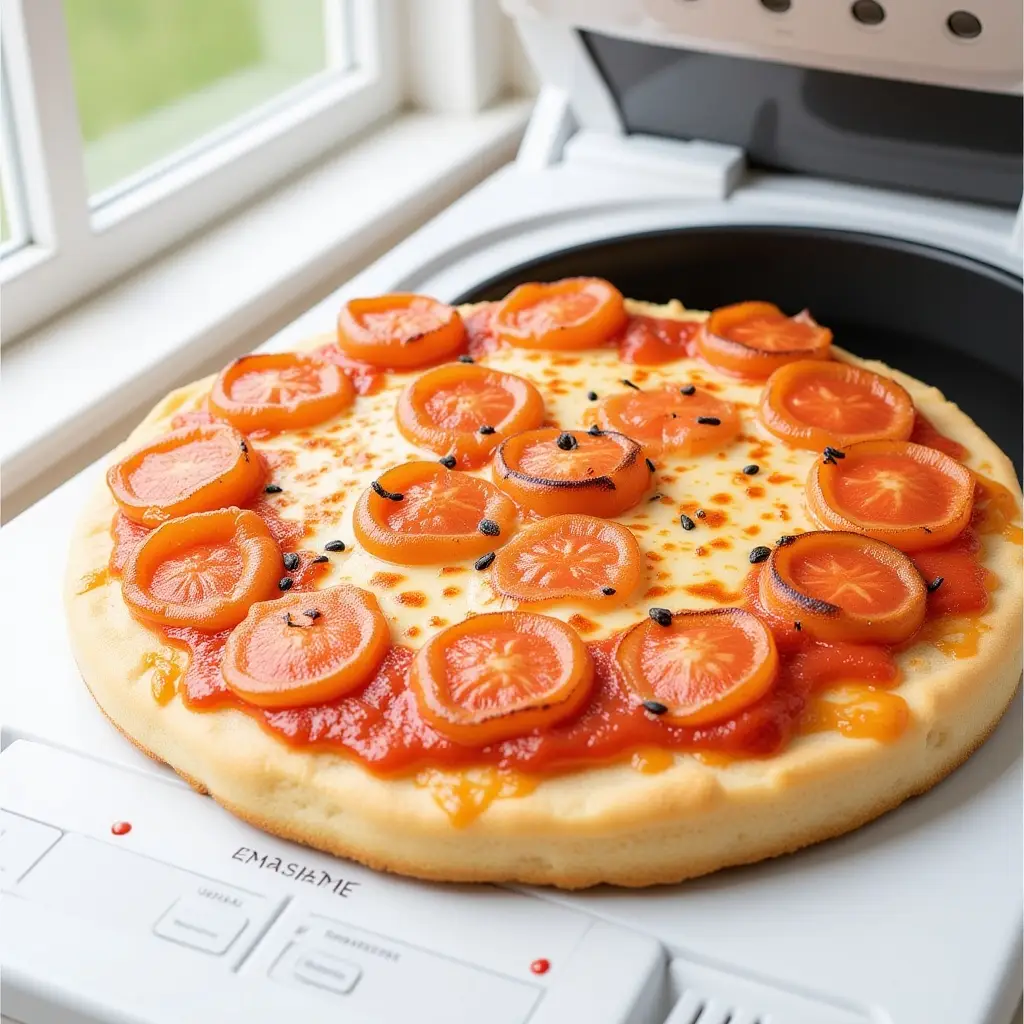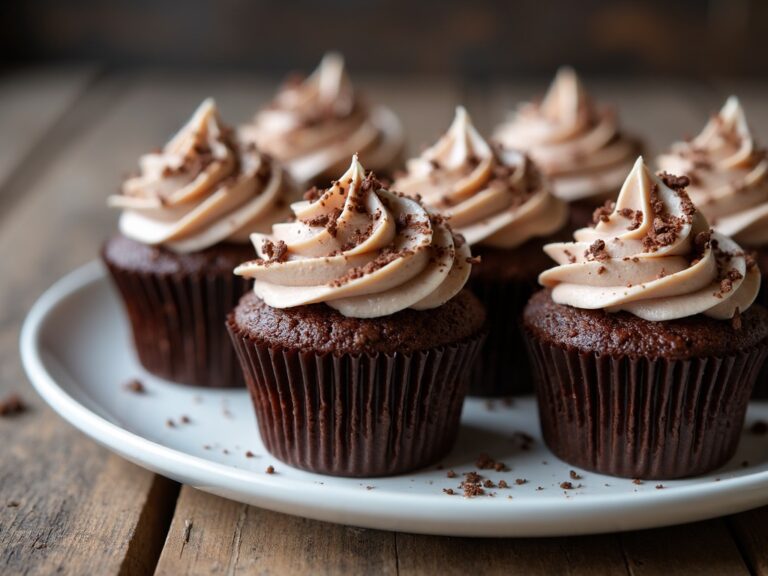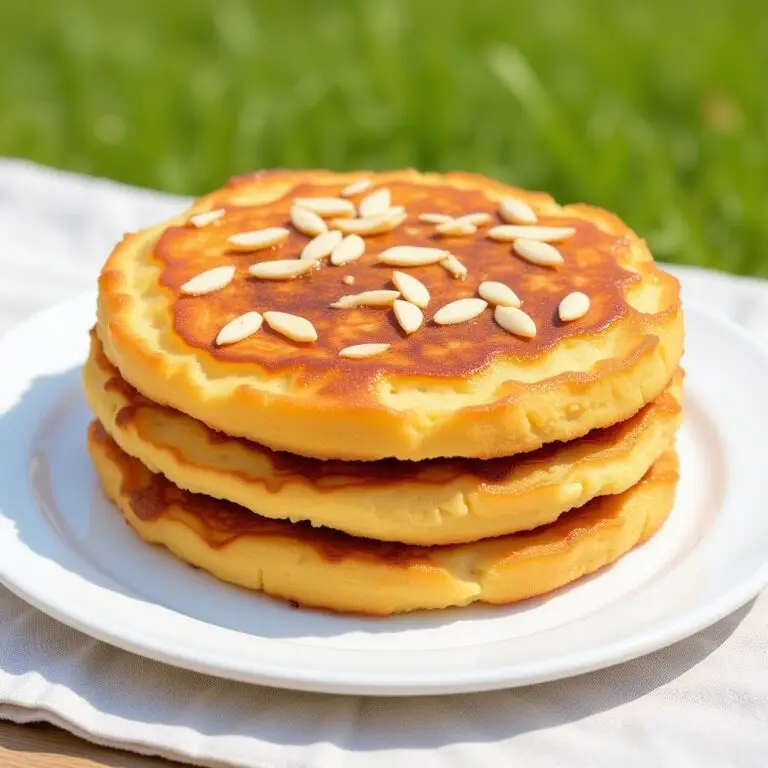Back in the day you tossed ingredients into that shiny bread maker thinking you could just press a button and get perfect pizza dough. You was all excited to see that motor spin and hear that steady hum. Then when the dough came out it felt too dense and neat looking but you knew something was off.
Then you learned about gluten network and protein set messing with the texture. That lesson hit you like a ton of bricks once you realized yeast activation was the real game. It felt dang near crazy that tiny grains of yeast could transform that flour suspension into something so springy.
The first try with this bread machine pizza dough recipe was a total flop but a good lesson yall. The crust was neat but no crust crispiness as the hydration was off. You kept tweaking water ratios and temperature control simply to chase that perfect rise. That slow simmer of ideas behind each test warmed your chef nerd heart in surprising ways.

Science Wins Bullets
- Yeast activation works when water is about one hundred ten degrees though too hot kills those little buggers and too cool leaves them lazy so watch your thermometer
- Fermentation gives you gas pockets that puff up the dough so a longer rest can boost that airy crumb with a lively texture
- Protein set happens when gluten network tightens under kneading and heat so you get that chew you crave in every slice
- Hydration level of one part water to three parts flour can be tweaked for dough elasticity or a crunchier crust crispiness on a hot stone
- Temperature control in the machine can act like a slow simmer for the starter so you avoid too fast rises that collapse later
- Caramelization on the crust top is a browning festival from sugars in flour meeting high heat creating flavorful crunchy patches
- Proofing time signals when to stretch and shape so you see when the dough is puffy enough without over proofing that leads to collapse
- Gluten network forms a glue like mesh that traps carbon dioxide giving structure and resilience during baking so dont skip knead time
- Dough elasticity improves handling and prevents tearing so you get neat discs not sticky messes that fall flat on your peel
Ingredient Cast and Their Roles
- Bread Flour this player is protein rich giving extra gluten network strength when kneaded sealing co2 bubbles in place and building a framework that yields that chewy springy texture you crave in slices
- Water it hydrates the flour creating a sticky matrix so you can build dough elasticity and adjust hydration levels just right to chase that perfect balance between softness and handling ease
- Active Dry Yeast its yeast activation transforms sugars into carbon dioxide during fermentation powering all those little bubbles that puff up your base into a light airy crust in this bread machine pizza dough recipe hey
- Salt it tightens gluten network and seasons every part of the crumb bringing out those nuanced flavors so the dough itself tastes savory not just the toppings
- Olive Oil it lubricates the dough aiding knead and shaping by preventing tearing plus it adds richness and creates a slightly tender softer crumb you will notice
- Sugar it fuels yeast activation boosting fermentation speed and aids caramelization in the oven so your crust browns faster creating sweet nutty tones
- Cornmeal it stops the dough from sticking to your peel or pan and adds a faint gritty texture for a rustic bite that also helps with crust crispiness
Early Moves in Dough Prep
When you scoop in water for hydration you wanna check that it sits around one hundred ten degrees not hotter or it kills your yeast activation dreams heck do it gently with a little sugar tossed in so those tiny yeast cells wake up bored and gassy
Then add your bread flour salt and sugar right into the machine pan top it off with olive oil and let the machine knead away building that protein set and gluten network yall it kinda works like a slow simmer under its metal paddle mixing up a soft bouncy ball of dough
Once the machine beeps like ding or whatever you grab that dough and give it a quick windowpane test by stretching a small piece so thin you can see light through showing proofing and elasticity if it tears you know you need more knead time or a tad more rest
First Bite Reactions
You slid that dough onto a hot stone then five minutes later you flipped a slice to peek at those caramelization spots grill marks on fat pepperoni made your nose water yall The aroma kicked you right in the nostalgia chest like you was eight again sneaking a slice after school
Then when you bit into it the crust crispiness surprised you with a satisfying crack as the crumb inside was tender yet springy thanks to that protein set and neat gluten network building game you nailed during prep You leaned back and told yourself dang I might be onto something
Stoking the Heat for Baking
You preheat your oven to around five hundred degrees so that stone or steel gets screaming hot building a steady radiant wave not too fast to shock the dough but intense enough for crust crispiness It feels dang counter intuitive but that heat jump gives a quick oven spring
Once your dough topped with sauce cheese and extras hits the floor of the oven you wanna let it bake for about five minutes before peeking that top That slow simmer of heat at the bottom meets direct flame on top giving balanced bake if your oven sucks vent some steam by tossing in a small pan of water yall
After that first five minutes slide it out with a peel then rotate or lift it up to catch any lucky under baked edges flip it around and let it bake two to three more minutes for uniform caramelization and to set that protein network yall you are almost there
Geeky Tips for Dough Nerds
If you live at altitude or in a humid place you might need to adjust water amounts or flour ratios yall Higher elevations make gases expand faster so your fermentation might run wild faster than expected It is helpful to weigh ingredients not eyeball them
You can try an autolyse step by mixing just flour and water then letting it rest for fifteen minutes to boost that gluten network before kneading The pre ferment or biga trick can add tanginess and extra chew if you let a portion of dough chill overnight
Remember to clean your machine pan and knead blade thoroughly between cycles Scrape out any stuck dough bits or leftover yeast that might throw off your next batch You can also test proof in a warm slightly humid spot like near a turned off oven light

Easy Ways to Serve Up
You can slide your pizza onto a big wooden board and cut it into triangles then lay on some fresh basil leaves or torn parsley for color yall A drizzle of olive oil at end boosts aroma and gives that sheen that makes every slice look like a pro joint
Serve with small bowls of garlic infused oil or a light vinegar based dipping sauce on the side You can also pile up a simple green salad with lemon vinegar dressing to contrast the crust crispiness and make guests munchy happy
Switch It Up When You Want
If you swap out some bread flour for whole wheat flour you will add nuttiness but might need more water since whole grains soak up hydration faster change your hydration ratio by a few teaspoons at a time until you hit that soft elastic feeling You can also mix in a bit of semolina for rougher texture and crunch
Want extra flavor hit up the dough with dried oregano or minced garlic right in the mix or swirl in a spoonful of paprika for a subtle smoky note You can pour a bit more olive oil to soften the crust or cut it back if you want a firmer bite
Feel free to let dough proof twice for deeper fermentation if you have time or shorten it for quicker weekend nights Just watch your yeast activation speed and room temperature when you do it because if you rush it the gluten network may not fully set
How to Store Leftovers
If you got leftover dough balls you can lightly coat them in oil and keep them in the fridge for up to three days in a sealed container or zip bag yall The cool environment slows fermentation so when you thaw it or bring it to room temp later you can shape it with better results
For longer storage stash dough in freezer for up to a month Freeze each ball in its own bag then thaw overnight in the fridge move to room temp for an hour before shaping When it bakes it will still show great crust crispiness and you get more fermentation flavor from slow warming
Summing It All Up
Making pizza dough in a machine might feel like a curve ball but once you crack the science behind knead and proofing you will see how easy it can get The principles of fermentation gluten network and temperature control will guide you through every batch until you nail that crispiness and chew
Trust the process and keep notes on what you try yall Every tweak teaches you how hydration ratio or proofing time shifts the flavor and texture Soon you will finish each bake with that browning caramelization that shows the protein set was perfect and impress your friends
Curious Minds Technical Q and A
Q What if my dough is too sticky to handle
You can add small amounts of flour a teaspoon at a time until you hit a tacky but manageable feel Too much flour can kill dough elasticity so dont go overboard test by feel
Q How long should I let dough proof for best flavor
For a quick bake you can proof one hour at room temp For deeper fermentation flavor try an overnight rest in fridge up to twenty four hours yall The slow cold proof boosts tang and gives finer crumb
Q Is the windowpane test always reliable
It works most times but if your dough is super hydrated the film can break more easily You can also press a finger to see spring back for a simple elasticity check
Q Can I use instant or active dry yeast interchangeably
Active dry yeast needs proofing in warm water while instant can go right into the flour mix Instant might work faster but watch your temperature control so it does not rise too quick
Q Should I bake on a pan or pizza stone
A pizza stone holds and radiates high heat giving crust crispiness and oven spring On a sheet pan you get more even bottom cooking and less risk of sticking but less blast of bottom heat
Q What if my oven wont get hot enough
You can create heat retention by using a cast iron pan upside down as plate to bake on or pre heat baking steel at its highest temp You can also finish under broiler for extra browning

Bread Machine Pizza Dough Recipe
Ingredients
Equipment
Method
- Add ingredients into the bread machine pan in the order recommended by your machine’s manufacturer. Typically, start with water, olive oil, then flour, sugar, salt, and finally yeast.
- Select the 'Dough' setting on your bread machine and press start. The cycle will typically take about 90 minutes.
- When the dough cycle is complete, remove the dough from the machine. Lightly flour a clean surface and gently knead the dough for 1-2 minutes to remove air bubbles.
- Shape the dough into a ball, cover with a damp cloth or plastic wrap, and let rest for 10 minutes before shaping, if you have time.
- Divide the dough if you want to make individual pizzas. Otherwise, roll or stretch the dough to fit your pizza pan or baking sheet.
- Add your favorite sauce, cheese, and toppings.
- Bake your topped pizza at 220°C (425°F) for 12-15 minutes, or until the crust is golden and the cheese has melted.
- For crispier crust, pre-bake the shaped dough (without toppings) for 5 minutes before adding sauce and toppings.





